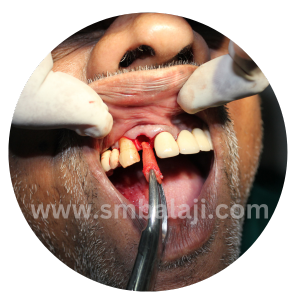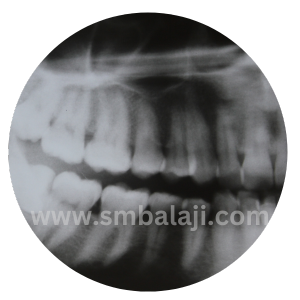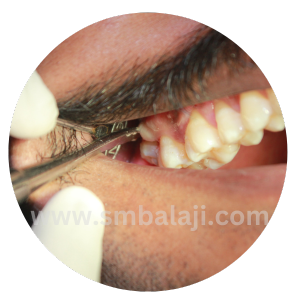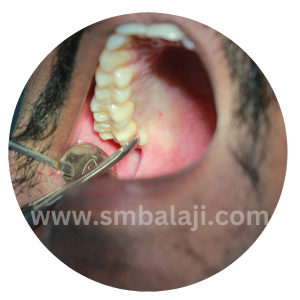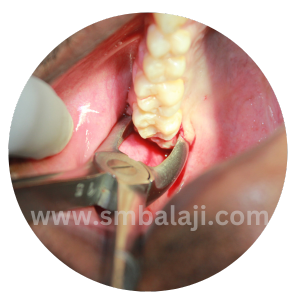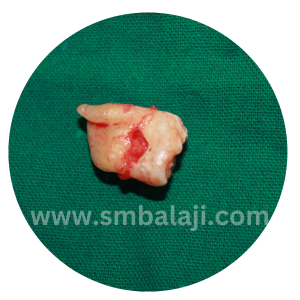Tooth extraction or exodontia
Exodontia, or tooth extractions, are dental surgeries that involve the removal of a tooth from its socket in the jawbone. This routine dental procedure is performed for various reasons, such as:
- Treating tooth decay that has extended to the tooth’s pulp, potentially causing pain and infection.
- Removing a tooth that is irreparably broken or damaged.
- Creating space for orthodontic treatments like braces.
- Enhancing teeth alignment in cases of crowded or overlapping teeth.
- Extracting an impacted wisdom tooth, which is partially or entirely embedded in the jawbone.
Tooth extractions are generally performed under local anesthesia, numbing the area around the tooth to prevent pain during the procedure. In certain cases, general anesthesia may be administered, particularly for children or individuals with dental procedure anxiety.
Once the area is numb, the dentist uses a dental instrument to loosen the tooth in its socket. The tooth may then be extracted using forceps or a dental elevator. If the tooth is fragmented, the pieces may need to be meticulously removed one at a time.
Post extraction, the dentist cleans the socket and sutures the wound if required. Post-procedure bleeding and swelling are common but usually subside within a few days.
Post-procedure care instructions from your dentist, such as avoiding strenuous activity and rinsing your mouth with salt water, should be followed diligently. Antibiotics may also be prescribed to prevent infection.
While most tooth extractions are successful and require no further treatment, there are some associated risks, including infection, dry socket, and nerve damage.

